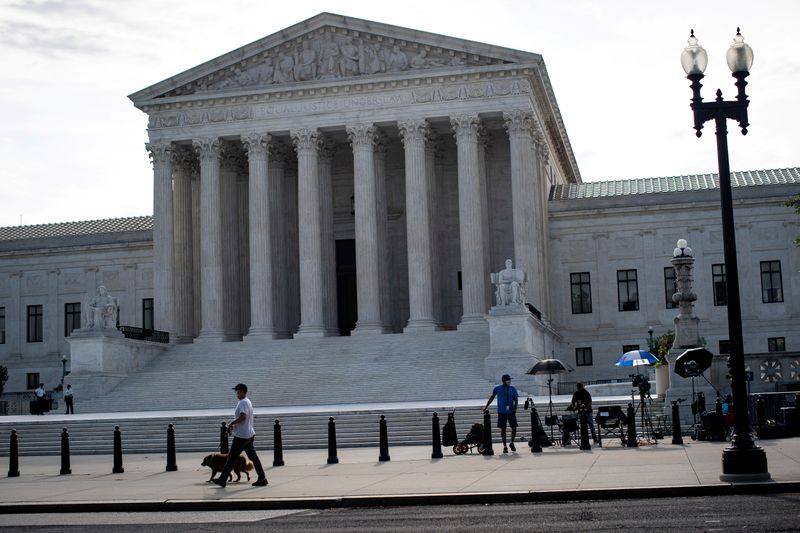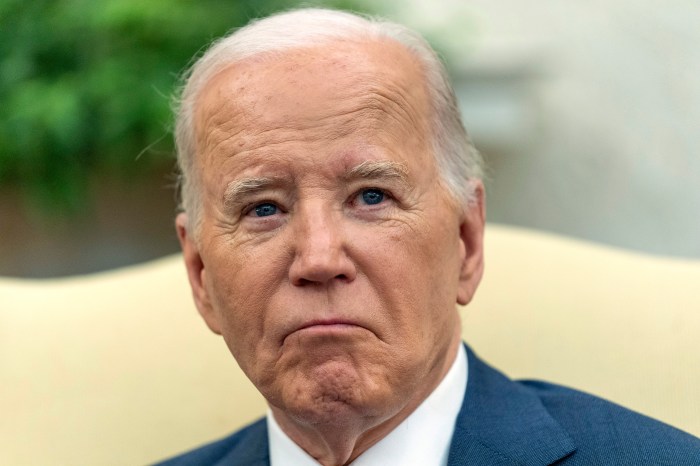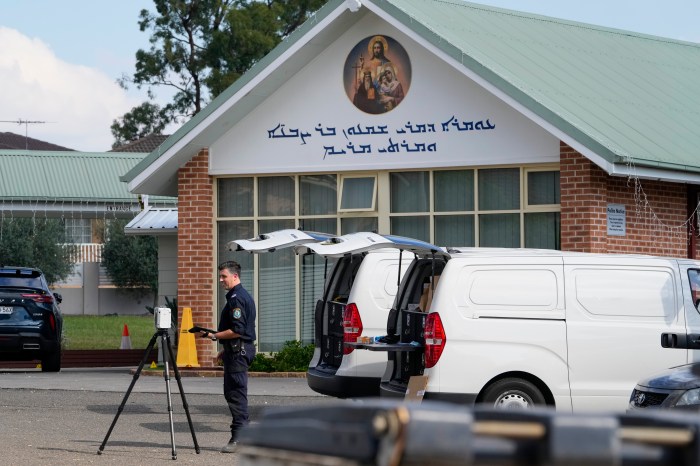WASHINGTON (Reuters) – U.S. Supreme Court justices, in a case on Tuesday testing the scope of Native American tribal police powers, leaned toward backing the authority of a tribal police officer in Montana to stop and search a non-Native American motorist on a public road on reservation land.
The justices heard arguments in a case focusing on drug-related charges brought against a man named Joshua James Cooley, who is not a Native American, after Crow tribal police officer James Saylor in 2016 found methamphetamine and firearms in his vehicle, which was parked on a roadside on reservation land.
Cooley argued that tribal police lacked jurisdiction over him as a non-Native American even though his vehicle was searched on a public road situated on reservation land. Lower courts ruled in favor of Cooley. The Supreme Court heard the federal government’s appeal backing tribal authority.
Existing precedent gives tribes criminal jurisdiction over tribe members but not non-tribe members, who instead can be prosecuted by the state or the federal government. The Supreme Court will determine how that distinction governs the power of tribal police officers when interacting with non-tribe members during roadside stops.
Some justices expressed concern about public safety if tribal officers lacked power to stop and detain non-Native Americans. Conservative Justice Clarence Thomas wondered what would happen if an officer encountered a known serial killer.
Chief Justice John Roberts, another conservative, noted that under Supreme Court precedent, tribes do retain some inherent authority to oversee their affairs.
“What could threaten that more than the idea that you can’t do anything about somebody within the reservation that you have good reason to believe is violating criminal law?” Roberts asked.
‘A TOUGH ONE’
Liberal Justice Stephen Breyer highlighted the difficulty for officers in determining whether someone they have stopped is a tribe member.
“You can’t just look at them and see whether they are Indians or not. People look different. I think that would be a tough one to do,” Breyer said.
One concern for the justices was how far tribal police powers extend if officers have the power to detain. Eric Feigin, representing the federal government, said it would not have to extend to arrests or any other criminal process.
Cooley, with his young son also in the vehicle, was parked by the side of the road on reservation land in the early morning hours when Saylor spotted the vehicle and stopped to check on his welfare. The officer noticed there were two rifles and a pistol in the vehicle and drug paraphernalia in plain sight, court papers showed.
Saylor, who correctly believed that Cooley was not Native American, called local and federal law enforcement to the scene. A subsequent vehicle search uncovered more than 50 grams of methamphetamine.
Cooley was charged by the federal government with one count of possession of methamphetamine with intent to distribute and one count of possessing a firearm in furtherance of a drug-trafficking crime.
Montana-based U.S. District Judge Susan Watters ruled in 2017 that evidence obtained during the encounter with the tribal officer could not be admitted. The San Francisco-based 9th U.S. Circuit Court of Appeals also ruled in favor of Cooley in 2019. Various tribes have filed court papers backing the government’s appeal.
Reservations were established beginning in the 19th century after U.S. authorities expelled Native Americans from their traditional lands.
Even if the government wins, the case would return to lower courts to decide whether the search was unlawful even if the officer had the authority to conduct a search.
The Supreme Court last year issued a ruling in another important case involving Native American tribal jurisdiction. The 5-4 decision in a child-rape case extended tribal authority in Oklahoma, effectively recognizing Native American jurisdiction over a large part of the state.
(Reporting by Lawrence Hurley; Editing by Will Dunham)















